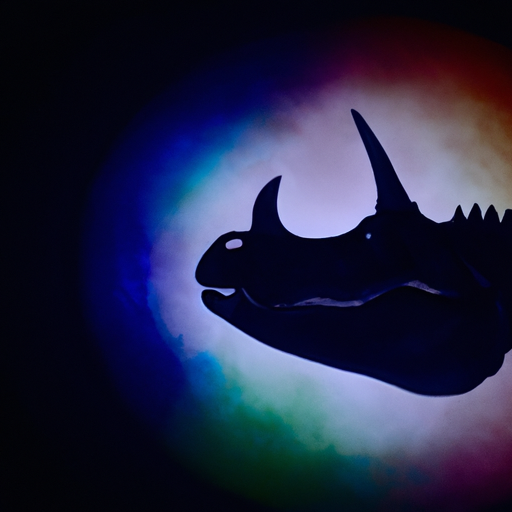 Introduction:
Introduction:
Throughout Earth’s history, numerous animal species have sadly vanished from existence, leaving behind nothing but fragments of their existence in the fossil record. The extinction of these creatures represents a significant loss to the planet’s biodiversity, disrupting delicate ecosystems and highlighting the impact of human activities on the natural world. This article aims to provide an extensive and detailed examination of some of the most notable extinct animal species, shedding light on their unique characteristics, the reasons behind their demise, and the lessons we can learn from their extinction.
1. Extinct Mammals:
1.1 Dodo (Raphus cucullatus):
The Dodo, endemic to the island of Mauritius, is perhaps one of the most iconic extinct species. This flightless bird, known for its plump appearance and friendly nature, fell victim to overhunting and habitat destruction after the arrival of humans on the island in the 17th century.
1.2 Tasmanian Tiger (Thylacinus cynocephalus):
The Tasmanian Tiger, or Thylacine, was a carnivorous marsupial native to Tasmania, Australia, and New Guinea. Hunted relentlessly due to the misconception that it preyed on livestock, combined with habitat loss, led to its extinction in the early 20th century.
1.3 Woolly Mammoth (Mammuthus primigenius):
The Woolly Mammoth, a magnificent Ice Age creature, roamed the northern regions of North America, Europe, and Asia. Climate change and overhunting by early human populations contributed to their extinction around 4,000 years ago.
1.4 Quagga (Equus quagga quagga):
The Quagga, a subspecies of the Plains Zebra, once inhabited South Africa. Its unique coat pattern, with stripes covering its head and neck but fading into a solid brown on its rear, made it a target for hunters. The last wild Quagga was seen in the late 19th century, with the last captive individual dying in 1883.
2. Extinct Birds:
2.1 Great Auk (Pinguinus impennis):
The Great Auk, a flightless bird native to the North Atlantic region, was hunted extensively for its meat, eggs, and feathers. The last pair was killed in 1844 on the Icelandic island of Eldey, marking the extinction of this remarkable species.
2.2 Passenger Pigeon (Ectopistes migratorius):
Once the most abundant bird species in North America, the Passenger Pigeon suffered a tragic decline due to overhunting and habitat loss. The last individual, named Martha, died in 1914, signifying the extinction of this once-thriving species.
3. Extinct Reptiles:
3.1 Steller’s Sea Cow (Hydrodamalis gigas):
Steller’s Sea Cow, an enormous marine mammal that inhabited the Bering Sea, was discovered by Europeans in the 18th century. Within 30 years of its discovery, it was hunted to extinction for its meat, blubber, and skin, with the last individual being killed in 1768.
3.2 Jamaican Giant Galliwasp (Celestus occiduus):
Endemic to Jamaica, the Jamaican Giant Galliwasp was a large lizard species known for its bright colors and distinctive head shape. Habitat destruction and predation by introduced species led to its extinction in the 19th century.
Conclusion:
The extinction of animal species is an irreversible loss that diminishes the biodiversity of our planet. By examining the stories of these extinct animals, we gain valuable insights into the consequences of human actions such as habitat destruction, overhunting, and climate change. It is crucial to recognize the importance of conservation efforts, implement sustainable practices, and raise awareness to prevent further loss of Earth’s incredible and irreplaceable creatures. Only through proactive measures can we safeguard the remaining species and preserve the delicate balance of our ecosystems for future generations.
